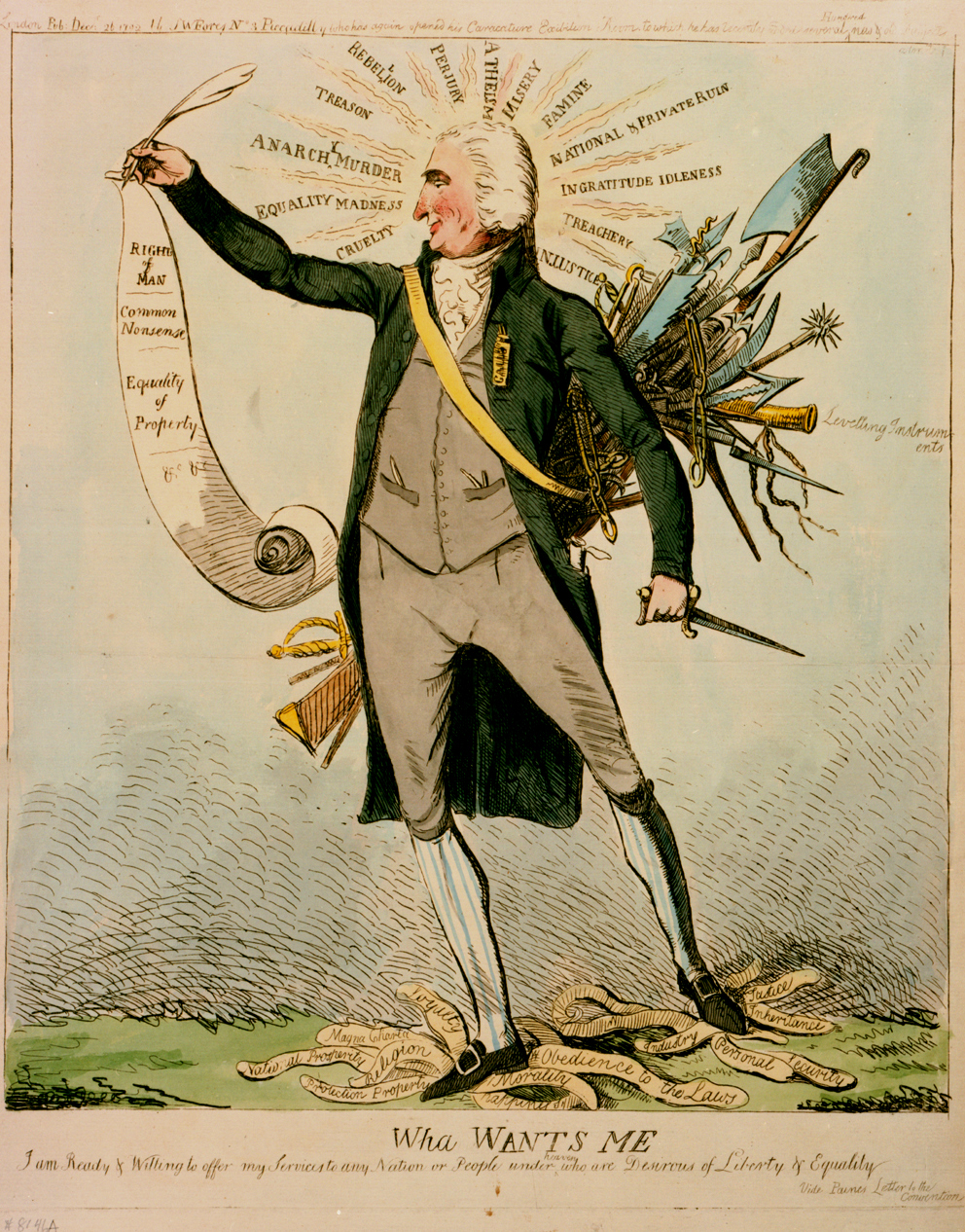How to approach and best conceptualize the ignominious history of race in the United States is a perennially challenging question for historians, generation after generation. While systemic inequality has been a feature of the European settler-colonial project since the arrival of the first colonists in North America, the methods of implementing and maintaining this inequality have changed greatly over time, as have the ways that people rationalized it. If Barbara Fields’ “Ideology and Race in American History” argues that race “is a purely ideological notion” (151), then Reginald Horsman’s Race and Manifest Destiny is the history of the development of that ideological construction. In great detail and precision, Horsman reconstructs and analyzes the origins and evolution of racial “Anglo-Saxonism” from its origins in sixteenth century England up through its deployment in the antebellum United States. Horsman seeks to answer how and why racialism triumphed as the ideology of American expansionism.
Racialism, which views all history as that of the struggle between races, has deep roots in European thought. Horsman traces the cult of ideological Anglo-Saxonism to Henry VIII’s break with Rome, in the attempt to establish a uniquely English church (10-11). In doing so, Henry’s religious propagandists emphasized the arrival of Germanic tribes in England in the fifth century over the traditional story of Roman settlement. These Germanic tribes were said to have introduced political liberty to England and that a great culture had flourished until the Norman invasion and occupation. This view formed the basis of the myth of an Anglo-Saxon golden age that would continue to capture the imagination of British parliamentarians in the seventeenth century and American revolutionaries in the eighteenth. This Enlightenment-era conception of Anglo-Saxonism stressed the institutional, as opposed to racial, superiority of the Anglo-Saxons, who were thought uniquely disposed to good government.
Horsman convincingly demonstrates that expansion and, literally spoken, empire, had been on the agenda of the earliest American revolutionaries, including the radical Thomas Paine (81, 85), but that conceptions of racial superiority were largely absent from these intentions. A number of shifts in political and intellectual history congealed to shift the emphasis: the new Romantic thinkers who stressed the particular, individual, and emotional over Enlightenment-era universalism; the development of German philology and linguistics, which traced the origins of Northern Europeans to an Aryan civilization that marched east and settled in Europe; the dissemination of phrenology and other pseudosciences that claimed to objectively stratify races physically; and most importantly, the successful expansion of the British and American empires. All of these early nineteenth century developments pointed in the direction of essentializing intellectual inquiry, inscribing various peoples with inherent, unchanging qualities. These “races” were then ranked more or less based on the level of political power they had consolidated up to that point.
This shift in ideology found fertile roots in the American social context, which found white Americans in stark conflicts of interest with its two classical “Others”: African slaves and the indigenous population. The ascendant profitability of African chattel slavery helped white society rationalize enslavement, while early American hopes to “improve” – or remake in their own image – the indigenous population crashed on the rocks of the Indians’ often-steadfast resistance to colonialism. By the time of the Mexican War, Northerners and Southerners alike reached a consensus that they embodied the zenith of Anglo-Saxon civilization, and their success vis-à-vis their competitors was all the proof they needed. Spreading their superior economic, political, and cultural systems became Americans’ civilizing mission by the end of the nineteenth century.
Horsman’s account is persuasive, and the book is well-documented and brimming with racialist thinkers and quotes. This is so much the case that long sections become are reduced to a barrage of names and quotations. This aside, my main criticism regards the lack of what Kolchin might refer to as “actual social relations” (Kolchin 157, 159, 170, 172). While the book is comprehensive regarding the intellectual history of Euroamerican racialism, it engages little with specific events and is close to being a pure history of ideas as such. Horsman can be largely excused for this due to his exceptionally documented history of racialism, but it is left to other historians to determine the more material implications of this ideology, as well as more specifically render how the material conditions were conducive to the wide acceptance of such an ideology.
